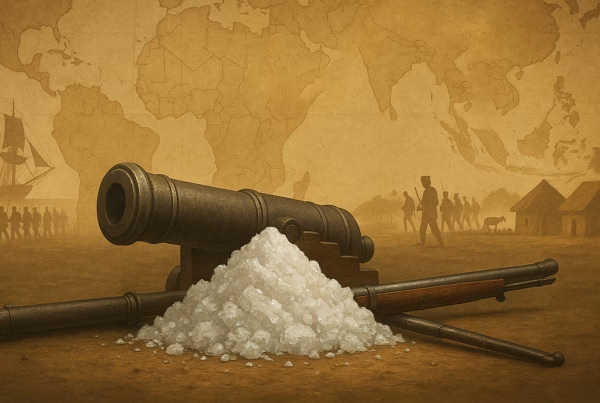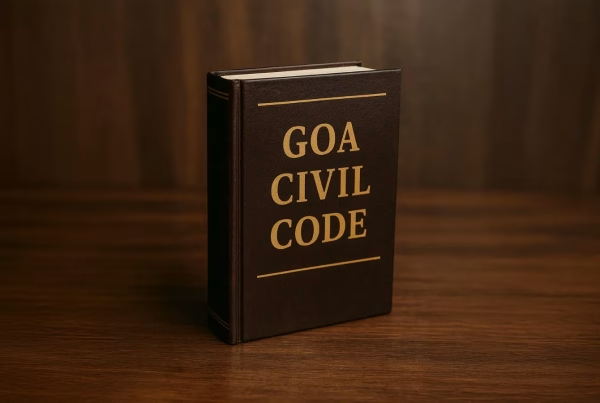Snake Boat Race in Kerala: The Ultimate Guide to Vallamkali
Every monsoon, the season of Vallamkali begins and the calm backwaters of Kerala transform into a roaring battlefield of oars, chants, and colour. Vallamkali is the legendary snake boat race that once began as a symbol of war, is now a matter of faith, spirituality, and community pride. Today, it is one of the world’s most spectacular water sports. Among them, the crown jewel is the Nehru Trophy Boat Race, where long snake boats surge forward like living serpents. But beyond the spectacle lies a fascinating story of kings, gods, and traditions. Here’s everything you need to know.
What is Snake Boat Race (Vallamkali)?
Vallamkali literally means “boat play” in Malayalam, but it’s much more than play. These snake boats, or chundan vallams, are over 100 feet long and shaped like serpents. With 80–100 oarsmen rowing in perfect sync, the sight is electric. What makes it magical is the rhythm — rowers chant ancient verses called vanchipattu, with singers and drummers setting a trance-like beat. The energy builds with every stroke, echoing across the backwaters like a living heartbeat.
How did the Snake Boat Races start?
The origins go back to Kerala’s feudal wars. The kings of Alappuzha and surrounding regions built these massive boats to outpace enemies on the water. Each snake boat was like a floating fortress, with soldiers, archers, and rowers trained to strike swiftly. Over time, when wars faded, these boats were used in festive races, carrying forward the spirit of competition and community pride.
What is the legend of King Mahabali and Vallamkali?
Kerala’s Onam festival and Vallamkali are closely tied to the legend of Mahabali, the benevolent Asura king. According to folklore, Kerala witnessed its golden age under Mahabali’s rule, when there was no discrimination or sorrow. When Lord Vishnu, in his Vamana avatar, sent Mahabali to the netherworld, he was allowed to visit his people once a year during Onam. The snake boat races became part of this grand welcome for Mahabali. Villages prepared their boats as a tribute, racing across the backwaters to show unity, prosperity, and devotion. Even today, Vallamkali is seen as both a festive competition and a spiritual offering to the king who loved his people.
Where is the Snake Boat Race held?
Snake boat races are held across Kerala’s backwaters during the monsoon, especially as part of Onam celebrations. Some of the most famous include:
- Nehru Trophy Boat Race on Punnamada Lake, Alappuzha.
- Champakulam Moolam Boat Race, tied to the Sree Krishna temple rituals.
- Aranmula Uthrattadi Vallamkali, part of the Aranmula Parthasarathy temple festival.
Each race carries its own rituals, blessings, and traditions, making every Vallamkali unique.
How long is the Nehru Snake Boat Race?
The Nehru Trophy Boat Race stretches about 1.5 km (0.93 miles) across Punnamada Lake. While short in distance, the intensity is breathtaking — minutes of explosive energy, where victory depends on rhythm, endurance, and teamwork. The main snake boat heats and finals usually begin around 3 pm, but the festivities start by 11 am with smaller boat races, cultural performances, parades, and rituals. For the best view, book seats in advance or arrive early to secure a spot along the lake’s edge.
Why is it called the Nehru Trophy Boat Race?
In 1952, when Prime Minister Jawaharlal Nehru visited Alappuzha, locals organised a snake boat race in his honour. Enthralled by the spectacle, Nehru donated a silver boat-shaped trophy, giving birth to the Nehru Trophy Boat Race. Since then, it has become Kerala’s most prestigious Vallamkali.
What are the prizes for winning Vallamkali?
The winner of the Nehru Trophy takes home the iconic silver trophy and a cash award of approximately ₹10 lakhs, with total prizes in the Champions Boat League reaching up to ₹5.9 crore distributed across teams. But more than material gain, the true reward is glory. Entire villages back their teams, and victory brings pride that lasts generations. Other races like Aranmula offer medals, gold or silver ornaments, and community honours, but the greatest prize is the sense of unity and triumph.
What is the spiritual connection behind Vallamkali?
Every Vallamkali begins with rituals. The boats are treated as sacred, often blessed in temples before they touch the water. Rowers follow strict discipline, sometimes living together in training camps, eating traditional diets to build stamina. The chants (vanchipattu) sung during races are not mere songs — they are devotional verses invoking strength, rhythm, and divine energy. It is believed these chants synchronise the minds and bodies of rowers, turning many into one.
How many rowers are in a snake boat?
A typical snake boat carries 80 to 100 oarsmen, along with singers and helmsmen. The seating is tiered, ensuring balance and speed. The teamwork is so refined that the entire boat moves like a single organism, its prow slicing through the waters like the head of a snake.
When is the best time to watch Vallamkali?
The peak season is July to September, with the Nehru Trophy held on August 30, 2025, aligning with Onam celebrations (around September 6–15). Onam makes the experience even more vibrant.
The snake boat race of Kerala, or Vallamkali, is not just a sport — it’s a living epic of history, devotion, and unity. Born in war, blessed by temples, and celebrated during Onam to honour King Mahabali, it embodies the spirit of Kerala.
The Nehru Trophy Boat Race is its brightest star, but every Vallamkali carries the same heartbeat — oars slicing water in rhythm with chants that seem to shake the skies.
So the next time you ask, “What is snake boat race?” or “What are the prizes for winning Vallamkali?” remember — the answer is not just in facts, but in the feeling of watching hundreds row as one, welcoming their king, and celebrating life itself.



